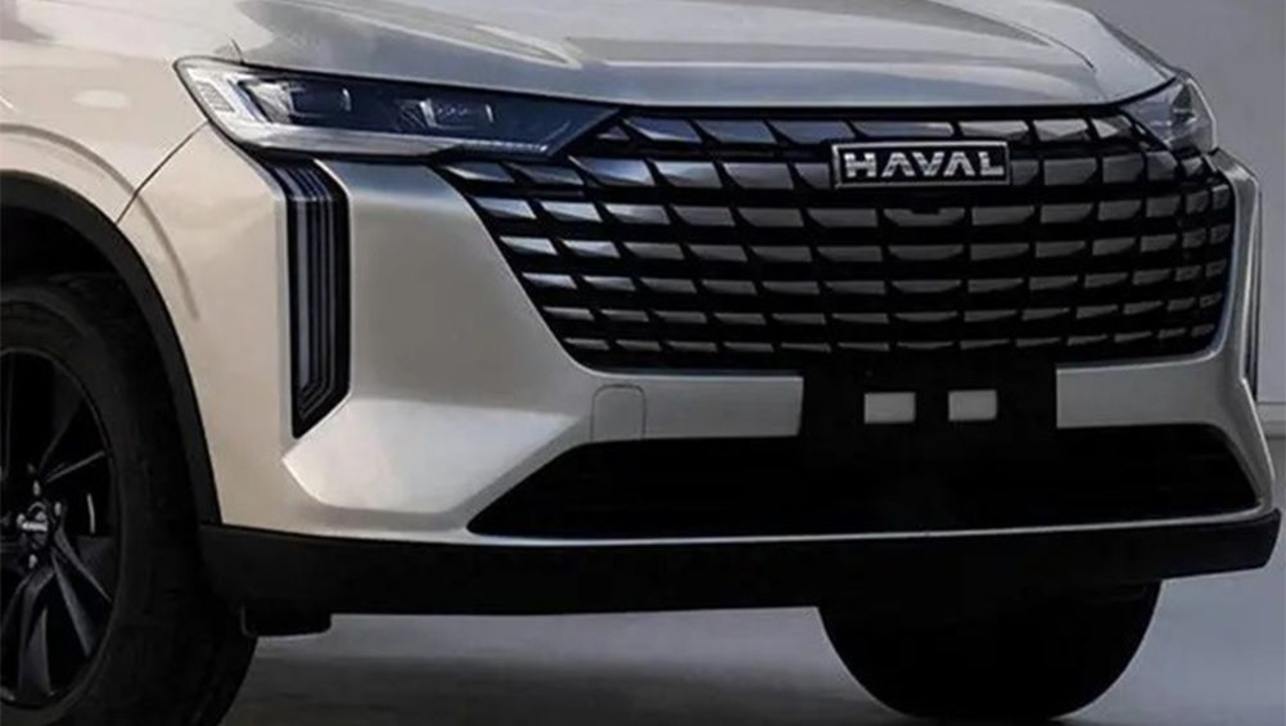Remember the HR-V, Honda’s small sports utility vehicle with a tall stance and quirky looks as though it permanently had hunched shoulders?
That was 1999. The new version is a conventional compact SUV with coupe styling straight off the automotive catwalk, reproduced using quality material.
The original HR-V was one of the first compact SUVs around and at once set the standard for what has since become the fastest growing segment of the automobile market.
Designers have come up with a sleek coupe-style cabin over a bold body with wide stance
Honda says its aim is to make sure the new kid on the block can hold its own with the company’s other global core models, Civic, Accord and CR-V. Hence the HR-V’s Honda-esque focus on state-of-the-art technology, contemporary styling and dynamic performance.
Designers have come up with a sleek coupe-style cabin over a bold body with wide stance, leading to a street presence hard to ignore. Although a four-door, the coupe character is emphasised by the hidden handle of the rear doors, giving the car a classic two-door coupe profile.
Inside, the cabin is expansive with clearly defined focus points for the driver work with. A comfortable, almost cosy, ambience greets the driver and front passenger due to the elevated centre console made possible by an electric parking brake.
A customised driver feedback system lights up the speedometer ring with different colours, depending on how economical the driving. There are seven colours from which to choose, with an additional setting for random colours.
The front passenger faces a wide climate control vent divided into three zones: the airflow for the outboard zone, which attracts heat from outside the vehicle, is set high; the middle is set to low, while the inner vent is set to medium.
Rear leg room is impressive, even with the front seats in their most rearward position. Honda’s innovative Magic Seat system enables up to 18 different configurations to provide many cargo-carrying options.
The HR-V follows Honda nomenclature style and comes in four variants – VTi, VTi-S, VTi-L, VTi-L with ADAS (Advanced Driver Assist System) – with a highly competitive entry-level price of $24,990, plus on-road costs.
The VTi-S adds $3000 to the VTi price, the VTi-L weighs in at $32,990, while the VTi-L with ADAS tops out the range at $33,990. Metallic paint is a cost option.
Over time CVTs have improved out of sight and it is hard to find anything wrong with the HR-V system
The front-wheel drive HR-V is powered by a 1.8-litre i-VTEC four-cylinder single overhead cam engine mated with Honda’s Earth Dreams Technology continuously variable automatic transmission.
The engine puts out 105 kilowatts of power at 6500 rpm and 172 Newton metres of torque at 4300 revs, while using, the maker claims, between 6.6 and 6.9 litres of fuel per 100 kilometres, depending on the model, on the combined urban / highway cycle. Carbon dioxide emissions of between 155 and 160 grams per kilometre are stated.
The CVT, shared by the Odyssey, City and Jazz, is designed to enhance driving performance and fuel economy. Over time CVTs have improved out of sight and it is hard to find anything wrong with the HR-V system, a smooth and unfussy operator in some of the most ragged driving served up on the launch drive.
Although a relatively high-sided vehicle, a low centre of gravity gives the HR-V sedan-like stability on the road
The VTi-L model has the benefit of steering wheel-mounted paddle shifts offering a manual shifting feel. D mode is fully automatic. For more involvement, the driver can engage S mode, which includes seven ratios. The system only shifts automatically to prevent over-revving or lugging the engine.
Although a relatively high-sided vehicle, a low centre of gravity gives the HR-V sedan-like stability on the road, while speed sensitive power steering provides plenty of feedback to the driver. The VTi variant rides on 16-inch tyres, the higher-spec trio on 17-inch rubber. A space-saver spare is supplied.
In response to the present-day demand for digital connectivity, Honda has ensured the new HR-V features state-of-the-art technology in the form of Display Audio, which includes seven-inch touch screen, Bluetooth for Apple and Android systems, including audio streaming, Siri Eyes Free Integration, compatible with iPhone, HDMI audio and video playback.
As well as the normal suite of passive and active safety systems, the top-of-the-range VTi-L ADAS incorporates a new range of safety technology - Honda’s Advanced Driver Assist System - designed to complement the driver’s input.
Forward Collision Warning, above 15 kilometres per hour, warns of a slowing vehicle ahead with a visible and audible signal in the multifunction display.
Lane Departure Warning determines if the vehicle is unintentionally leaving the lane in which it is travelling, giving visible and audible warnings.
High-Beam Support uses a camera to monitor the space ahead of the vehicle and automatically changes the low beam headlights to high beam headlights when appropriate.
The press launch vehicles were a boring bunch of dark blue, black, white and silver. Where was the edgy orange, green, red, even yellow, found in rivals’ vehicles aimed at the younger market?
According to Stephen Collins, director of Honda Australia, the HR-V is designed to appeal to tech-savvy people in their early thirties in a pre-family position with the need for transport practicality with style. Why the mundane colours, then?



.jpg)
.jpg)



.jpg)
.jpg)
.jpg)

.jpg)
.jpg)
.jpg)
.jpg)
.jpg)
.jpg)
.jpg)
.jpg)
.jpg)
.jpg)
.jpg)
.jpg)
.jpg)
.jpg)
.jpg)
.jpg)
.jpg)
.jpg)
.jpg)
.jpg)
.jpg)
.jpg)
.jpg)
.jpg)
.jpg)
.jpg)
.jpg)

.jpg)
.jpg)

.jpg)
.jpg)
.jpg)


.jpg)
.jpg)




Comments